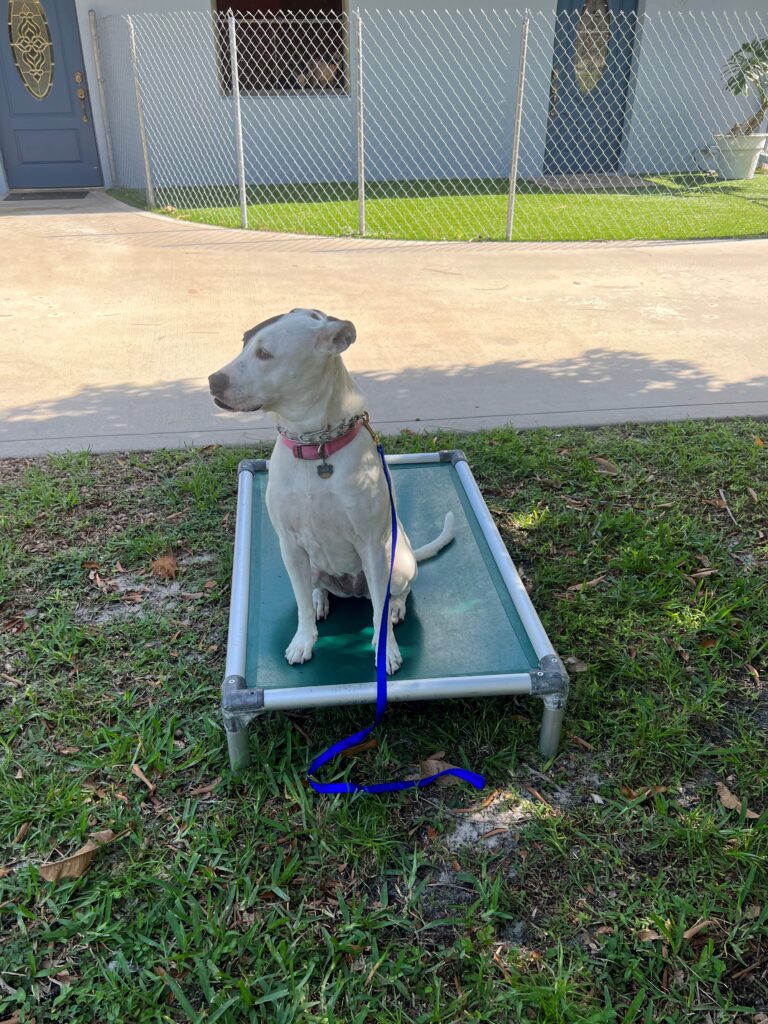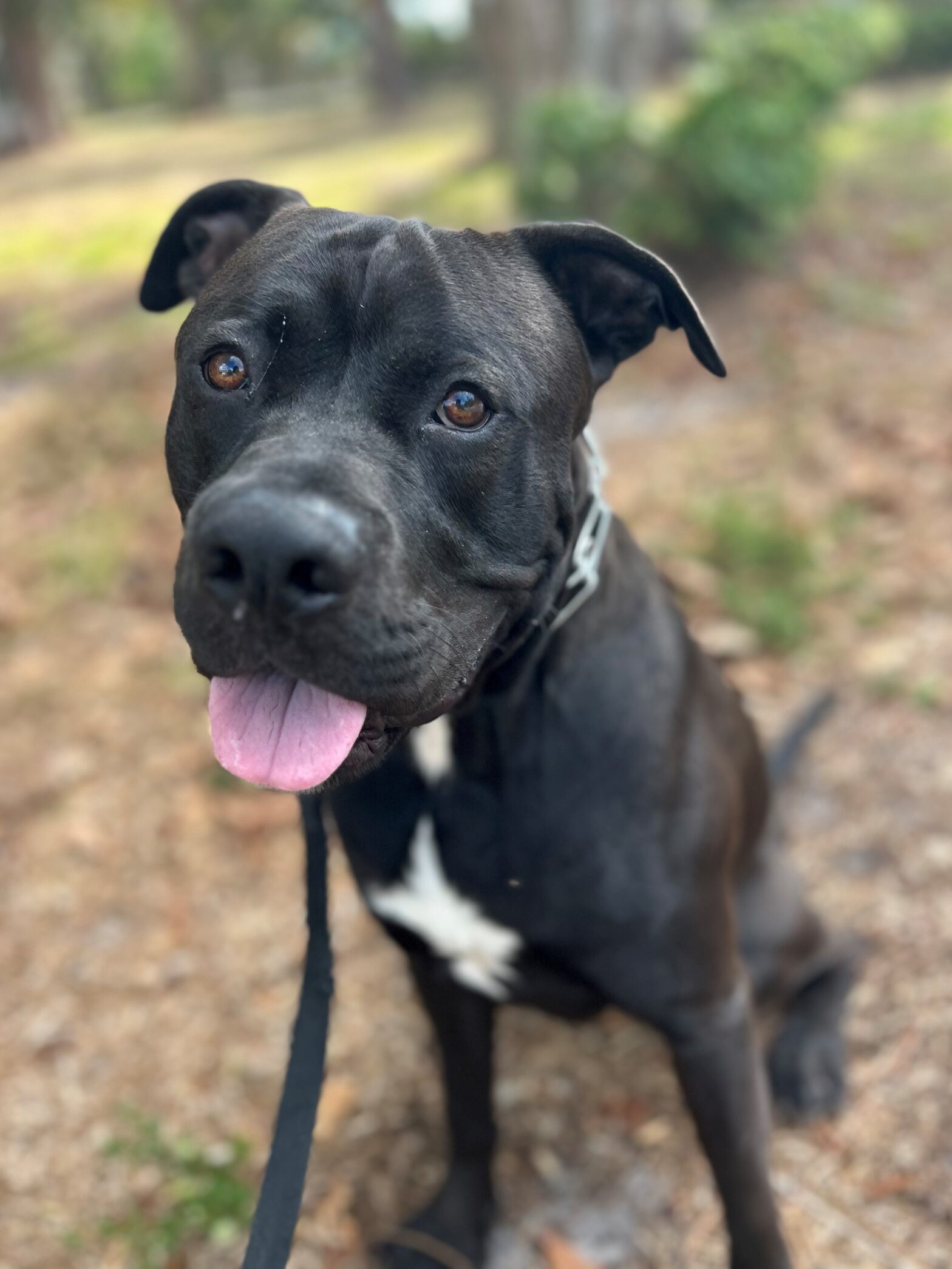Despite what many people believe, a dog does not do things to please humans. It’s sole existence is to meet its own needs and instincts, as in Maslows hierarchy of needs: Food, water, shelter, pack fulfillment…etc. One of the dogs greatest instincts is their pack drive. This is what makes us matter to them, allows us to communicate with them and connect with them, on a deep and intimate level.
It’s crucial to understand that every single behavior a dog does, 24/7, has a very specific purpose and a reason. They are not liars, they do not daydream, and they don’t fake anything. They are brilliant creatures, they have an amazing memory and are capable of learning very complex behaviors. However, the way they arrive at this cognition is much different than a human being. They learn through association, not rational thinking and reasoning. In order for clear communication between you and your dog to occur, your timing must be perfect, It’s got to be black and white and absent of any gray matter. A dog does not understand sometimes or maybe, it must be always or never! If variation and options are available, they will most likely choose self fulfilling behaviors.
When we look at a dog’s behavior from a human standpoint, behavior falls into two (2) very simple categories. 1. Wanted and 2. Unwanted, and it’s up to the human to decide what’s what. If wanted behavior gets reinforced and rewarded, it’s got a much greater likelihood of reoccurring (obedience). A reward can come in the form of physical touch, speaking in pleasant tones, engagement, toys or food. Unwanted behavior must be met with a slightly unpleasant feeling, immediately as it occurs and the dog must not be successful in achieving it’s goal. If the unwanted behavior continues, the level of the unpleasant feelings must slowly increase until it stops. In nature, there are consequences for unwanted behavior in any pack, herd, or pod. An animal is hardwired to understand this language. Purely positive dog training does not work in this context of extinguishing unwanted behavior, because it is impossible to stop unwanted behavior with positive reinforcement. A dog is a very narcissistic creature and will never cause themselves discomfort if they clearly know when it occurs and how to avoid it. For example, when a dog jumps on people, it is trying to satisfy its pack instinct and engage with its humans. The protocol to stop this behavior starts with the dog not being able to touch the humans, the humans must not look at, speak to, or touch the dog in any way, as to not engage it’s unwanted jumping behavior. Simultaneously, the dog must receive a mild correction just as it attempts to jump, giving it a physical consequence to this impulse.
This is best done with a leash, held by a second person and a pinch collar, which mimics a biting sensation administered from animal to animal in nature. Once the dog achieves a calm state, with all four paws on the ground, the human then engages the dog with physical and verbal praise, satisfying the dogs original need. If you tell the dog “no” and there are no physical consequences associated with your words, it has zero value or meaning and it will not stop the behavior. It just tells the dog to keep trying and you’re irrelevant. This process must be repeated until the dog learns to find its advantage of achieving its needs and to avoid consequences for unwanted behaviors, in numerous contexts. This theory and sequence can be applied to any unwanted behavior.
Counter surfing, dumpster diving, fixation/stimulation/onset of aggression towards other animals, nuisance barking digging, chewing…and the list goes on and on.
You must have the tools, timing, conducive environment, and role players in place in order to educate the animal they are in control of their consequences by not engaging in the unwanted behavior. The e-collar is the best tool in dog training if used correctly. It’s got so many advantages, especially if it’s taught as a gas pedal first, and a brake second. By using the power of technology, we can set up cameras to catch the dog in the act of unwanted behaviors, especially ones that can kill the dog, like chewing and swallowing things it can’t pass, causing a blockage. The best case scenario is the dog believes no humans are present, it goes into the unwanted behavior, committing the crime. Just as it does, the dog receives a level of electronic correction high enough to stop the unwanted behavior. This level is individualized to each dog and can vary based on the level of drive state within the dog. The best correction a dog ever receives, is the one he thinks he gave himself. He blames his own behavior, the environment or the context for the unpleasant feelings and will stay away from them.

